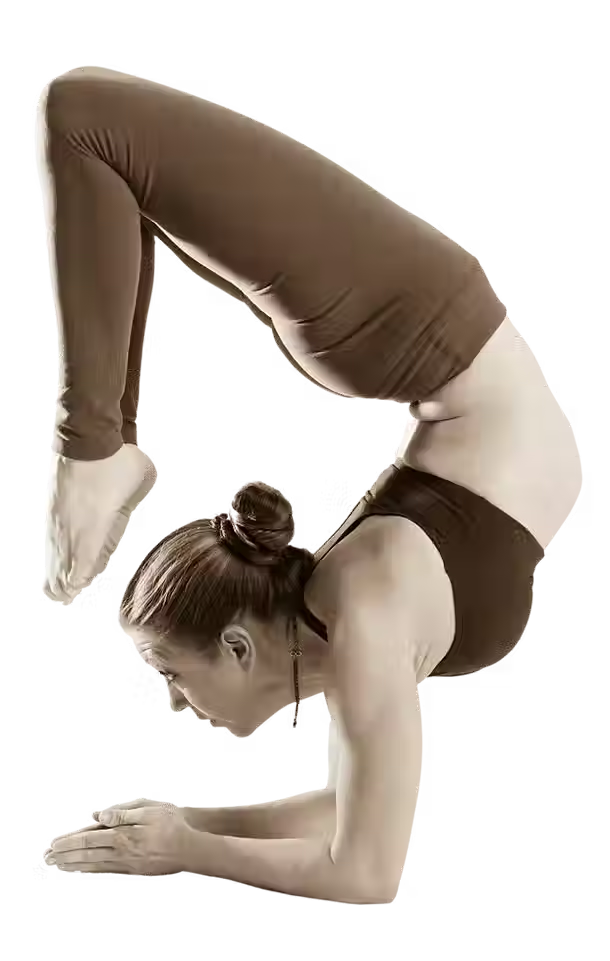Experts in Spine Health Reveal 5 Easy Steps You Should Take Today
- LeeHealthDomain

- Jun 15, 2022
- 4 min read
It may take some time to determine the reasons for back pain and then find a treatment that is effective. Some of the possible causes include a herniated disc, spinal stenosis, or muscular strain. On top of that, you're dealing with health insurance, work, family, and other everyday concerns.

Spine Experts have recommended the following five essential and simple steps that you may take to assist attain better comfort and respite from pain.
1. Allow your spine to rest fully while you are asleep.
When you lie down, the muscles, ligaments, and discs in your spine that have been working hard all day finally have a chance to unwind and replenish themselves after their exertions. In order to make the most of this time, you need a mattress and pillows that will enable your spine to rest in a supported and pleasant manner when you are in this position.
Some tips to consider when sleeping include:
Choose a mattress that is either medium-firm or firm. Instead of sleeping on an outdated mattress or one that is too soft, which enables the spine to droop, the majority of individuals would be better off with a mattress that is firm enough to support their spine. There are many different kinds of mattresses that may be useful, so long as you choose one that gives you the right amount of support and allows you to get into the ideal resting posture for your condition.
If you sleep on your back, consider propping up your knees with a cushion to relieve some of the strain on your lower back. If you sleep on your side and want to protect your hips from falling out of alignment, consider putting a cushion between your knees. There is also the possibility that some individuals might benefit from using a neck cushion that offers support for the cervical spine. Try out a few various kinds of pillows to determine the one that best suits your preferences in terms of comfort.
2. Strengthen abs and back with core exercises.
In order to support your spine and take the strain off of your lower back, the core muscles in your body, which are situated in your lower back and abdomen, need to be strong while also being flexible. The majority of us, however, don't put our core muscles through enough of a workout throughout the routines of daily life. These muscle groups need isolated, focused training in order to achieve the desired tone. Consult your primary care physician, a physical therapist, or another qualified health practitioner to learn more about the kind of exercises that could be suitable for you.
3. Shoes should support your back.
It doesn't matter whether you're walking for exercise or merely to go where you need to go; the shoes you wear have a significant impact on the amount of support your lower back receives. A supporting basis is provided by quality footwear, which assists in keeping the spine and the rest of the body in their proper alignment. For instance, you should check that the portion of the shoe that sits at the back of your heel is snug without being unduly restrictive. A correct fit will avoid excessive pronation or supination, which is when the foot rolls excessively inwards or outwards, respectively.
4. Get a massage every now and again.
Therapeutic advantages of a good back massage include improving blood flow, releasing tight muscles and connective tissues, enhancing sensations of relaxation, and reducing stress. When it comes to relieving stress, a moderate-level massage is more effective than a light-touch one, according to some studies.
5. Sit ergonomically and reduce sitting time
Because the discs in your lower spine are loaded more while you are sitting than when you are standing, sitting for lengthy periods of time may either cause a severe back issue or make an existing one worse. In addition, while we are seated at a desk and/or gazing at a computer screen, our natural inclination is to slouch and lean forward, which places an even greater amount of strain on our lumbar discs.
Selecting the appropriate chair for your workplace and maintaining correct posture while you are sitting are both crucial factors to consider when trying to support the natural curves of your back.
It is essential that you get up and move about often during the day and avoid sitting for extended periods of time. Get up and move about at least once an hour, try working at a standup desk sometimes during the day, or get up and walk around while you're on the phone. Doing any of these things will help you stay active and improve your health.
A healthy spine is one that moves, since motion provides the spine with the necessary nutrients it needs to function properly. Try to keep in mind the simple actions you can take to improve the health of your back, even if you are in a great deal of discomfort and are having lengthy medical treatment; even very little changes may speed up the recovery process.
References
1.Pavilack L, Alstedter N. Pain-free posture handbook: 40 dynamic easy exercises to look and feel your best. Berkeley, CA: Althea Press; 2016.
2.Zander T, Krishnakanth P, Bergmann G, Rohlmann A. Diurnal variations in intervertebral disc height affect spine flexibility, intradiscal pressure and contact compressive forces in the facet joints. Comput Methods Biomech Biomed Engin. 2010; 13(5):551-7. doi: 10.1080/10255840903337855
3.Field T, Diego M, Hernandez-Reif M. Moderate pressure is essential for massage therapy effects. Int J Neurosci. 2010; 120(5):381-5. doi: 10.3109/00207450903579475
4.Billy GG, Lemieux SK, Chow MX. Lumbar disc changes associated with prolonged sitting. PM R. 2014; 6(9):790-5. doi: 10.1016/j.pmrj.2014.02.014




Comments